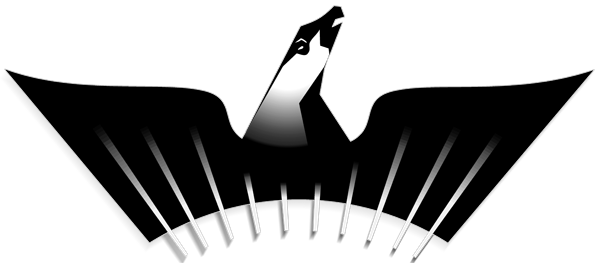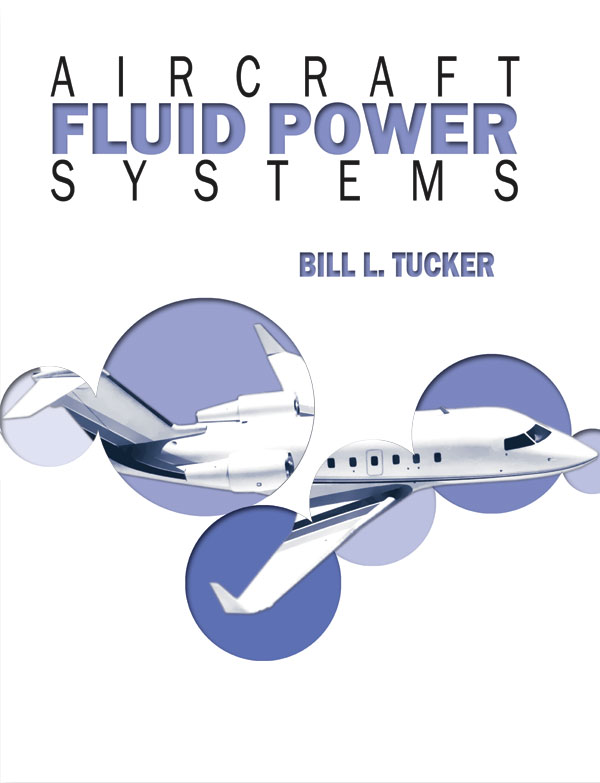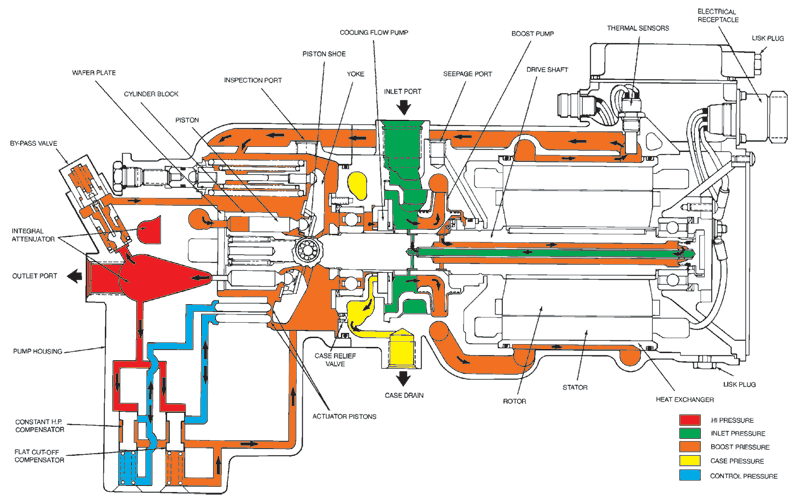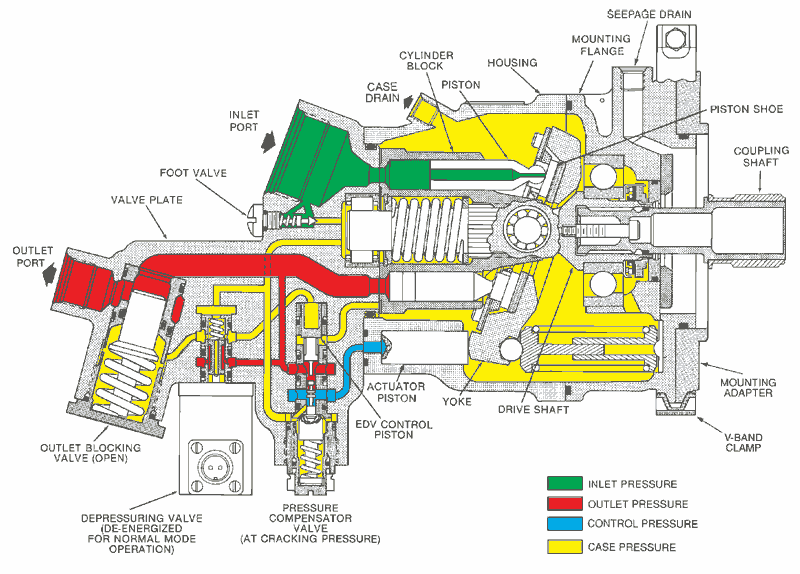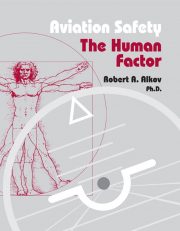Description
A comprehensive look at hydraulic and pneumatic systems on today’s aircraft. The seventeen chapters cover the basics fluid lines and fittings, hydraulic system components, valves, tires, tubes and wheels, aircraft brakes and anti-skid brake control systems, structures that support aircraft on the ground, aircraft retraction systems, nose wheel steering systems, and skis and floats. There is also information on specific aircraft hydraulics, such as the Boeing 727 and 757, the Cessna Citation, the Gates Lear Jet 25, and the Canadair 601. There are appendices containing basic symbols, maintenance of alclad floats, conversion and installation of skis, rigging of skis and AC 43.13-1A and FAR 23 information. This text has all of this, plus a complete glossary of hydraulic and related terms.
Aircraft hydraulic systems belong to that branch of physics known as fluid power systems. They do their work by moving fluid, and the fluid they use is incompressible. Pneumatic systems work in much the same way, obeying many of the same laws, but the fluid they use (air) is compressible. We will consider these systems later in this text.
To better understand how a hydraulic system accomplishes its task, a brief review of the physics involved is necessary. Basic knowledge of how fluids behave under certain conditions will enable the aircraft maintenance technician to evaluate and troubleshoot hydraulic system problems.
Pascal’s Law is the basic law we use when we think of transmitting power by a hydraulic system. The French mathematician Blaise Pascal observed that any increase in the pressure on a confined liquid was transmitted equally and undiminished to all parts of the container, and it acts at right angles to the enclosing walls of the container. This means simply that if we have an enclosed vessel full of liquid, and we apply a force to a piston in the vessel to raise the pressure, this increase in pressure will be the same anywhere in the system.
